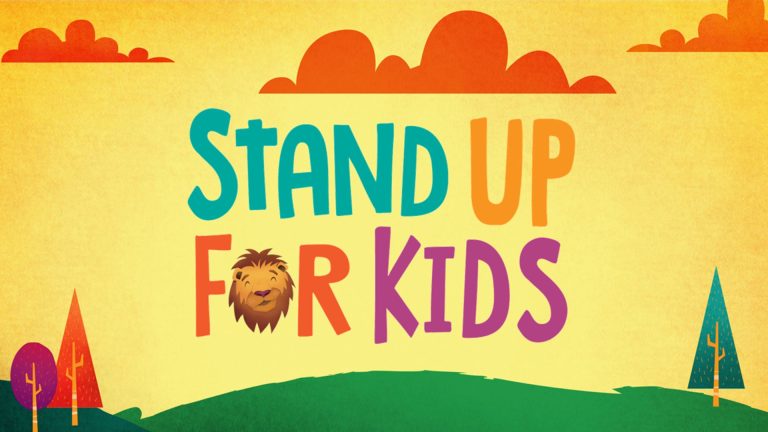Beyond the Basics: 5 Back-to-School Safety Tips Caregivers Should Know
Almost 50 million kids across the Unites States are prepping for their first day of school.
As the back-to-school season approaches, it brings a whirlwind of excitement and challenges. For many families, it’s a time of new beginnings—fresh notebooks, renewed routines, and new friendships. But amidst the excitement, it’s crucial to address safety concerns to ensure a smooth and secure school year for your children.
Do you know these 5 essential safety tips for the new school year?
1. Avoid Posting School Information Online
In our digital age, sharing details about our lives online has become second nature. However, when it comes to your child’s school information, exercise caution. Photos are a wonderful way to capture memories, but be mindful of the details you include. Sharing personal details about your child could make them vulnerable to predatory activity, harassment, or identity theft.
Critical details you must avoid when sharing about your child online
- School name
- Teacher name
- Class schedule
- School logo (check uniforms and backpacks in photos)
- Avoid your home address in the background of photos
When sharing this type of information online, it is easy for predators to connect the dots. For example, if they know what school your child attends it would be fairly easy for them to know when they leave school. Instead of sharing personal information, opt for more generic photos that focus on the excitement of back-to-school without compromising privacy.
2. Vehicle Safety and Identification
Personalized stickers on your car or yard signs are a popular way to show school spirit, but they can also pose risks.
Here is some information to avoid when choosing vehicle accessories and yard signs:
- School name
- Child’s name
- Child’s sports team
- Child’s jersey number
It’s safer to opt for more general expressions of support without revealing specific details about your child or their school. Try adding car accessories or yard signs that utilize school colors or un-identifying graphics such as a football or soccer ball. 
One of the most crucial lessons you can teach your child is about the importance of keeping personal information private. Explain why they should avoid sharing details like their address, phone number, or other identifying information with others, whether in person or online.
Information that should remain private:
- Full name
- Address
- Phone number
- Vehicles caregivers drive
- When they are home/when they are not
- The school they attend
- Their teachers name or classroom location
4. Regular Check-ins and Social Media Monitoring
Keeping communication open with your child is vital. Regular check-ins provide a family opportunities to address any issues before they escalate.
Here are some topics that you can discuss during regular check-ins:
- Activities going on at school
- Situations that make them feel anxious, scared, or uncomfortable
- Their feelings about their relationships with friends, teachers, coaches, neighbors, etc…
- Things that have made them happy and sad lately
For parents navigating the world of social media, it’s important to consider the appropriate age for platforms like Instagram and TikTok. Guidelines suggest that , but if they do, ensure you monitor their activity and have open conversations about online safety.
“It’s important to remember that children use the internet for different reasons,” says Shelby Lynch, Director of Education.
“Younger children like to play games online or watch YouTube videos, while older teens use it primarily for social media.”
Stay informed about the apps and platforms your child uses. Encourage them to share their online experiences with you and review their privacy settings together. Open dialogue about the potential risks and safe practices online will help protect children who engage on social platforms.
“It’s important to begin the conversation about internet safety very early with children and revisit the topic often.”
The Carly Ryan Foundation has great tools for caregivers such as a new device set-up checklist and internet safety tips.
5. Body Safety and Boundaries
Discussing body safety and personal boundaries is essential for every child. Using the acronym ROAR, is a great tool to teach body safety in a way children can understand.
R – Remember, privates are private
O – Okay to say NO
A – Always talk about secrets
R – Raise your voice and tell someone
Create a safe space for your child to talk about their feelings and experiences. Encourage them to come to you with any concerns or questions they might have about their own body or interactions with others. Regularly revisiting these discussions helps reinforce their understanding and confidence in asserting their boundaries.
Rex Finds His ROAR, is a great resource for caregivers to utilize when having these conversation with children
To learn more about having these conversation with children read our blog post, ROAR Against Abuse: Master Crucial Conversation Every Caregiver Must Have.
Back-to-school season is a time of excitement and transition. By implementing these safety tips you can help ensure your child’s school year is both enjoyable and secure. Be proactive and vigilant, and support your child in navigating their school year safely and confidently!
To further support The CARE Center’s efforts to end child abuse in Oklahoma County, join community leaders and advocates for The CARE Center’s annual FREE luncheon, Stand Up For Kids, at The Skirvin Hotel on August 22nd, to raise awareness and support for our critical services and programs. RSVP, sign up to host a table, or explore sponsorship opportunities to help us continue our mission of healing and prevention education.






